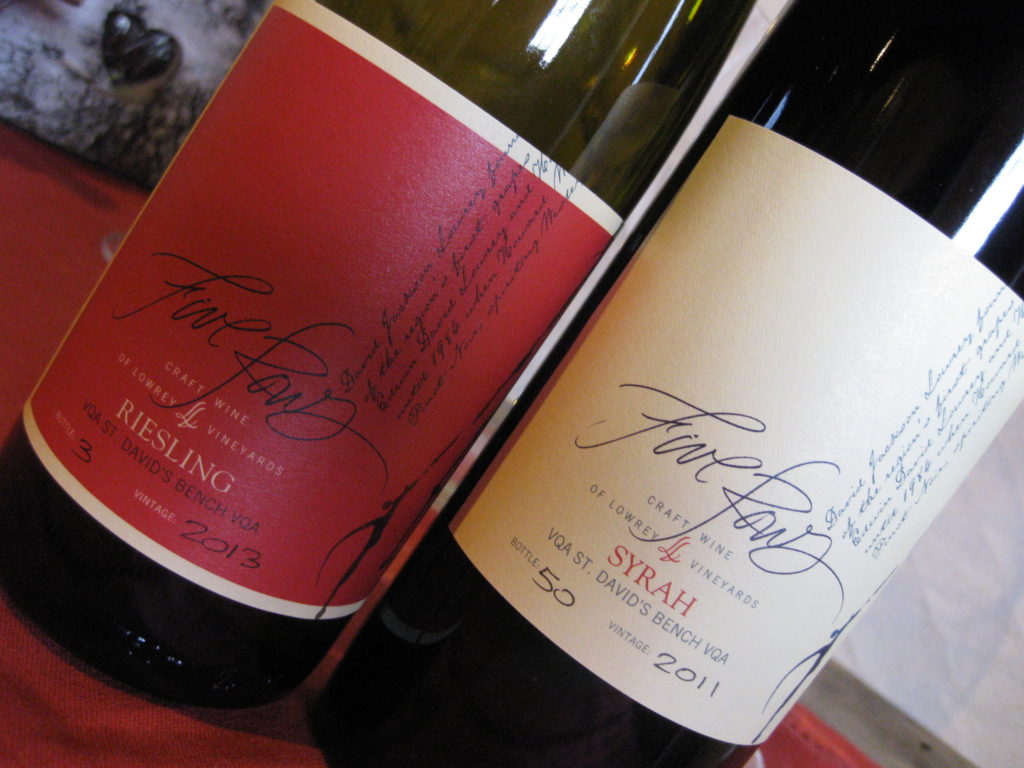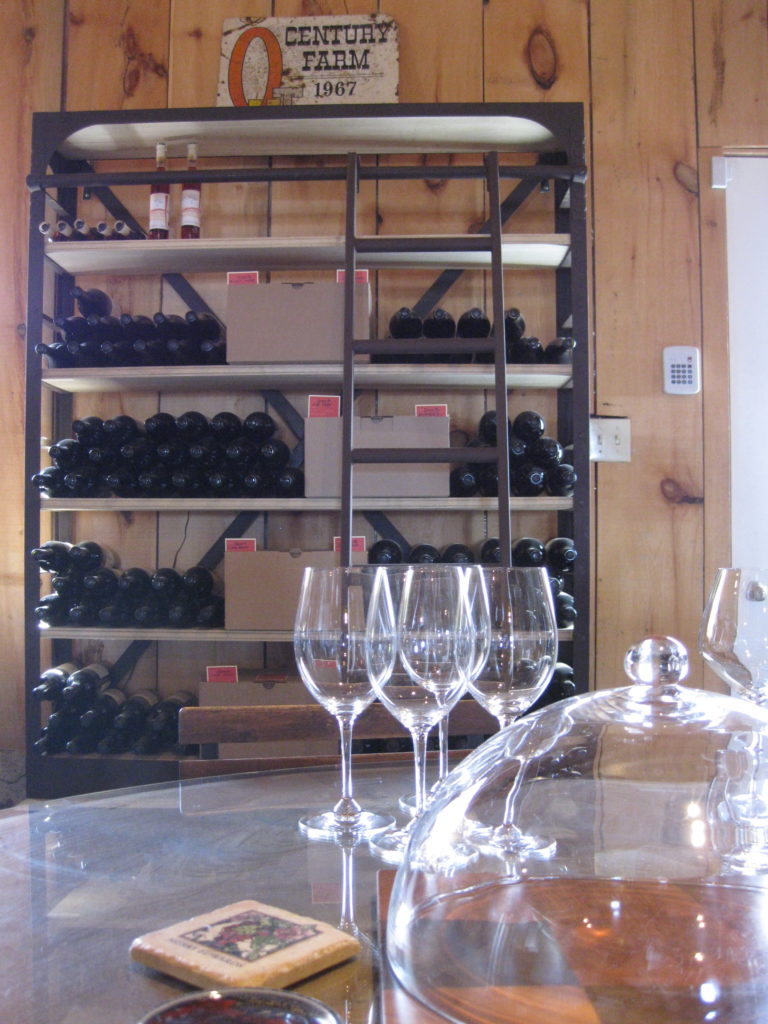On the eve of the New Release here at Five Rows there is palpable anticipation is in the air. The barn is full, brimming with fresh wines ready to introduce themselves to some palates. Taking a mental snapshot of these tall stacks I recall the sheer amount of work that went into each one of these wines from the first moment of bud emergence until now. There is contentment in this reflection.
I leisurely wax the cork tops while Wilma pens and applies the new labels. Next weekend we will officially open for the year and debut all of the recently bottled 2013 whites and 2011 reds. Experience tells me that there will be nothing “leisurely” about the next couple of weekends, as all of our friends stop in to pick up their orders. It’s a whirlwind of visits and tasting, but we wouldn’t have it any other way!


